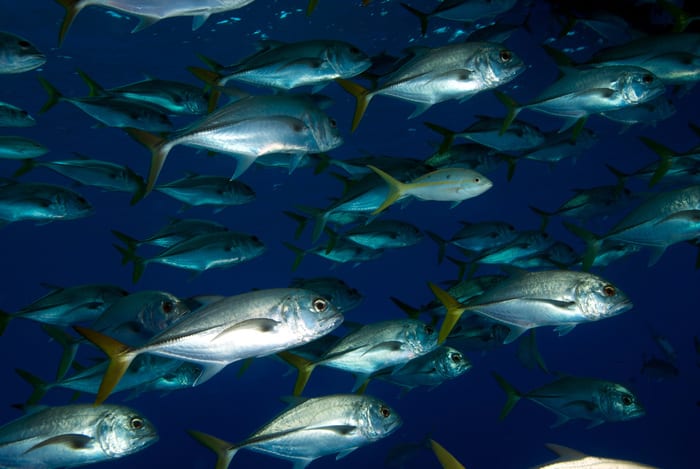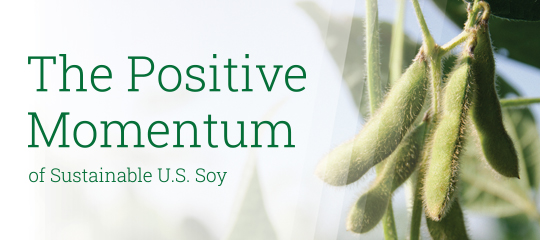
In the Mexican market, USSEC has focused on tilapia and shrimp production because this sector produces more than 250,000 metric tons (MT) annually, representing a good potential for the utilization of U.S. Soy products. Due to the COVID-19 pandemic, USSEC offers virtual technical support and consultations for select key customers of VIMIFOS, an aqua feed mill and USSEC cooperator, which served to discuss those species’ production procedures and the customers’ feeding practices as well as health and management issues in their operations. More than 286 people attended these conferences.
USSEC consultant Dr. John Hargreaves, renowned aquaculture consultant and water management and carrying capacity calculations specialist, gave presentations, as did Jairo Amezquita, USSEC Aqua Program Manager – Americas.
Dr. Hargreaves provided virtual technical support to the Vimifos customers, who are tilapia and shrimp producers. Three sessions were presented to the producers, who produce in cages as well as in tanks and earthen ponds. The presentations broadly addressed sustainable production in those kinds of systems. Topics included a brief market summary; factors that affect tilapia and shrimp growth, with an emphasis on temperature and oxygen; feeds, feeding programs, and feeding practices; impacts of waste loading on the environment, sustainable carrying capacity level, and methods to reduce nutrient loading. The role of USSEC in promoting the use of U.S. soybean meal in aquafeeds used to support aqua farming in Mexico was explained prior to each presentation. The use and sustainability of U.S. Soy in aqua feeds was also explained to attendees. Discussions about increasing the inclusion rate of soybean meal or other soy products were held with the technical representatives and the general manager of the aquaculture portfolio of the Vimifos aquafeed company.
The main recommendations from these virtual sessions and discussions with aqua farmers in Mexico are as follows:
- Establish producer associations. For sustainable production of tilapia and shrimp, collective action is necessary to address disease risks and develop area or zonal management of production within the limits of the system’s carrying capacity.
- Develop a producer code of conduct. This is the next step for most producer associations.
- Adjust cage carrying capacity to oxygen supply. In cage culture, oxygen supply is a function of dissolved oxygen concentration multiplied by water flow rate (current speed). In lakes, experience suggests that no more of 20-25 kg/m3 is possible for large fish and no more than 6-8 kg/m3 for juveniles. Producers should consider emergency measures for oxygen supply during periods when cage density is high and water movement is low.
USSEC will continue supporting the sustainable growth of the aquaculture industry around the world as a source of animal protein production for feeding the humanity.


